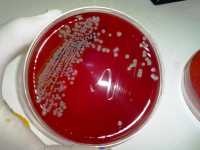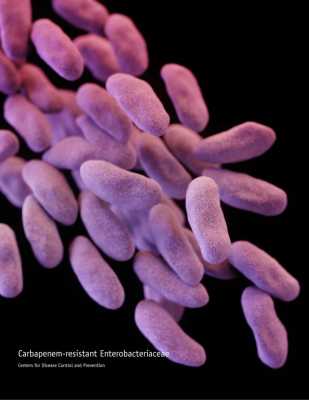Infections / 28.10.2024
Newly Discovered Toxins Made by Bacteria May Lead to New Antibiotics and Antifungals
MedicalResearch.com Interview with:
Dr. Asaf Levy
Senior Lecturer, Assistant Professor
Plant Pathology and Microbiology
The Robert H Smith Faculty of Agriculture, Food and Environment
Hebrew University of Jerusalem
MedicalResearch.com: What is the background for this study?
Response: Bacteria encode many compounds used to target neighboring microbes or cause disease in hosts, including humans. Classic antibiotics (small molecules) are one well-studied group of antimicrobials encoded by bacteria. A less-studied group consists of short protein toxins. These proteins are produced by bacteria and injected into target cells to kill them. In this study, we focused on a group of protein toxins called polymorphic toxins, which carry a short toxin domain at their end, which we termed “PTs” (an acronym for polymorphic toxins) and are roughly 100 amino acid long.
We developed a new algorithm to scan 107,000 bacterial genomes and discover novel PTs encoded by these bacteria. We then experimentally confirmed 9 new PT families that can kill bacteria and pathogenic fungi, including human pathogens, such as Candida auris and Aspergillus fumigatus. We saw that two of the toxins kill cells by degrading their DNA.
(more…)












